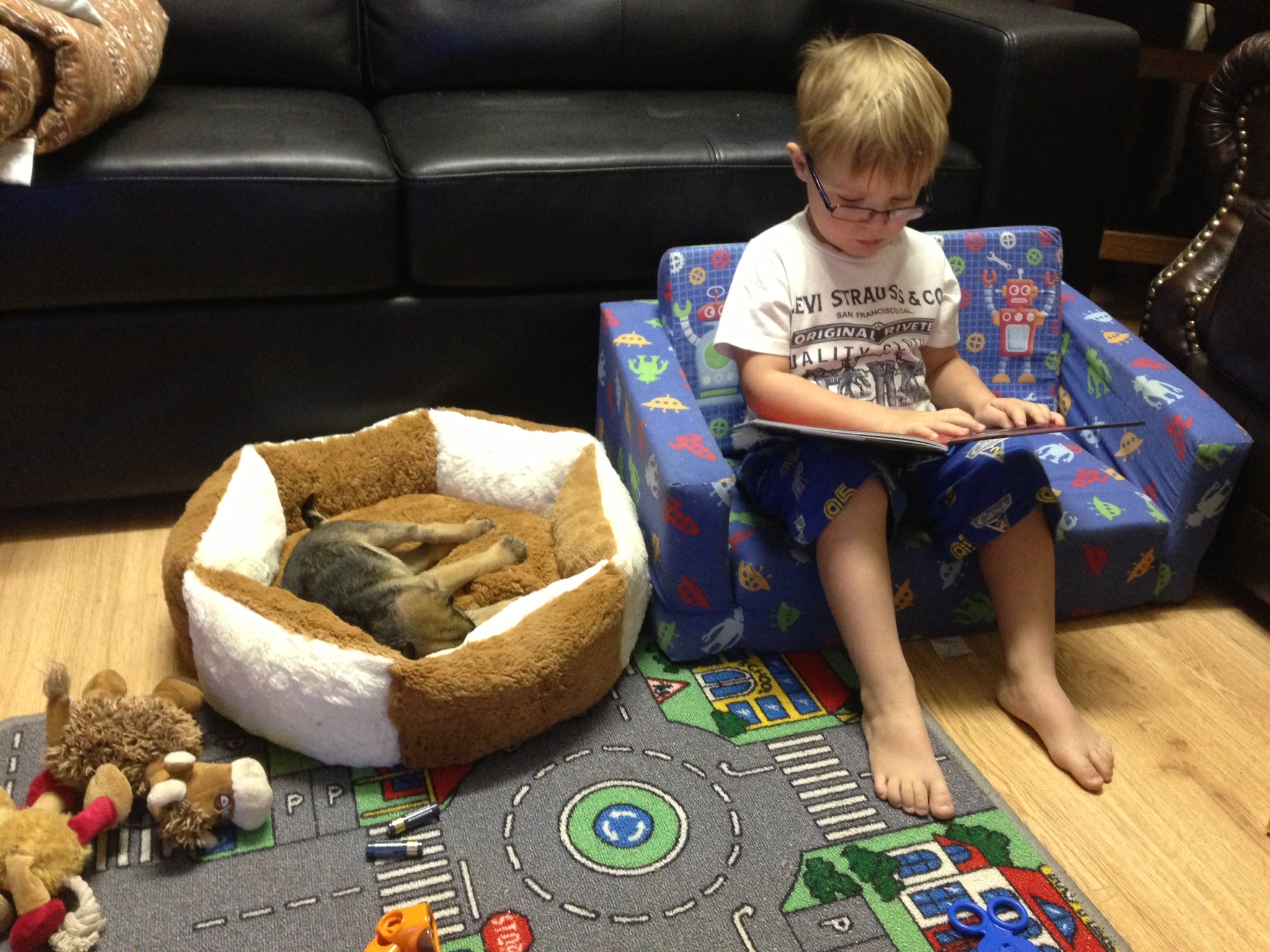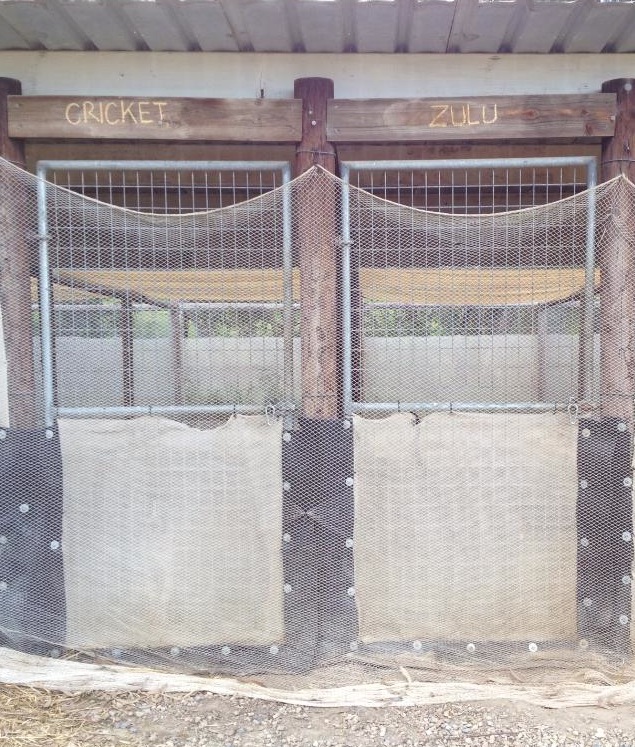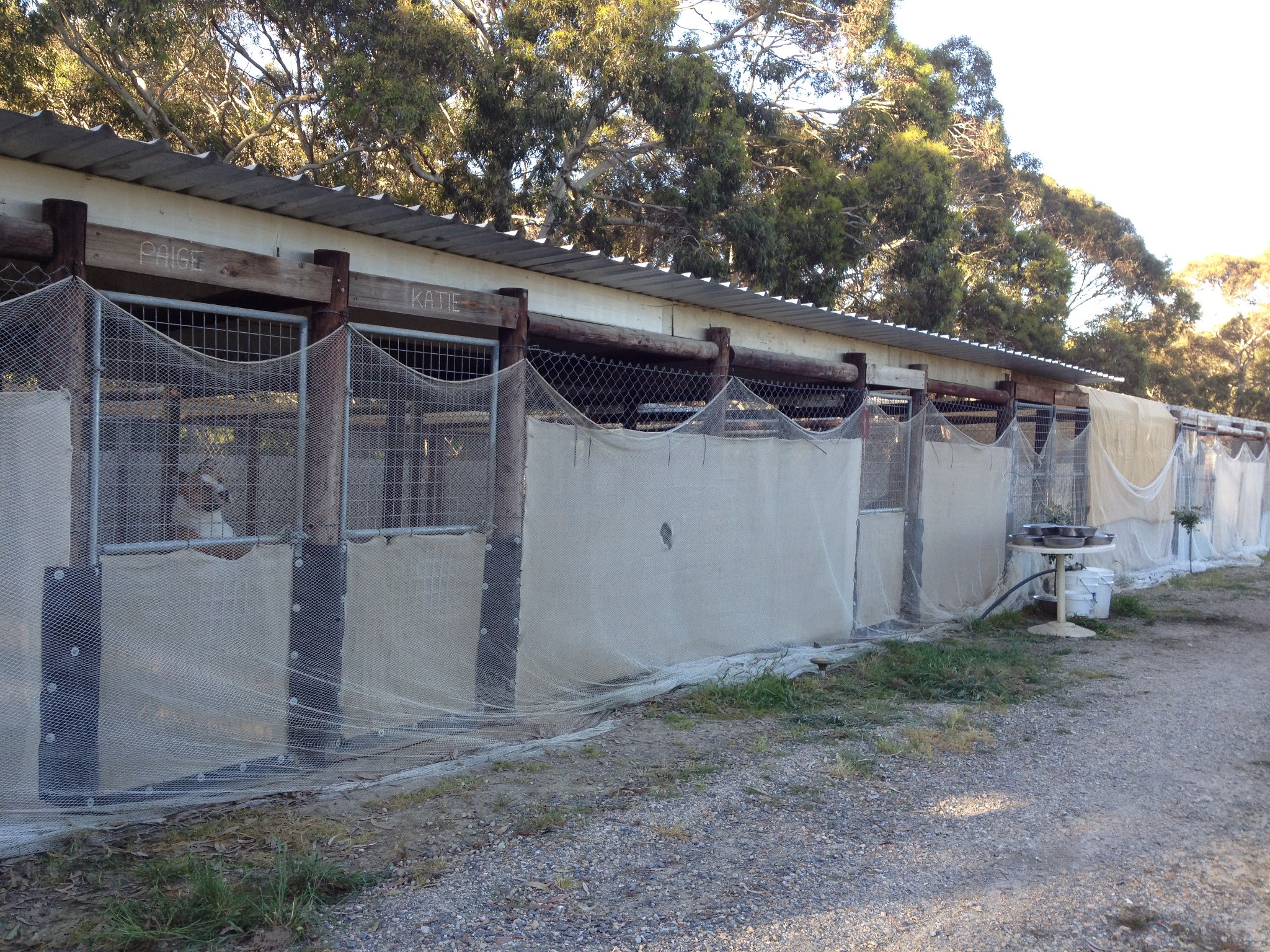The common question: Are they good with kids?
What it is really asking is: Does this particular breed bite?
And the answer is: Yes. This breed, and every other breed, bites.
 Dog bites are a lot more complex than simple ‘breed’. Families with children and dogs need to recognise that any child-dog interaction can end up in a bite, regardless of breed. However, there are a number of ways that dog bite risk can be minimised.
Dog bites are a lot more complex than simple ‘breed’. Families with children and dogs need to recognise that any child-dog interaction can end up in a bite, regardless of breed. However, there are a number of ways that dog bite risk can be minimised.
It is very possible for dogs and children to live safely together, but it involves setting the dog and the child up for success, and managing interactions to ensure they are positive.
The Dog
Dogs need to be selected with care as they form an important part of the picture. For a dog to be ‘good with children’, they need to be adequately socialised, trained, and have a stable genetic personality and temperament. Your role, if you’re looking to add a dog to your family, is to select a breeder using stable dogs with good temperaments who socialise their dogs and puppies to all people, including young children. Once you’ve added one of these well-bred, well-socialised puppies to your family, the next step is to continue to socialise the puppy well with all people, train the puppy appropriate behaviours (e.g. not to jump up), and police child interactions with the dog.
That is, a dog needs to be selected, socialised and trained to be the best dog they can be, and then well managed – for life.
The Child
Children need to be taught to interact appropriately with dogs. Dogs with stable temperaments should not then be an invitation for children to climb on, poke, or otherwise tease or irritate the dog. Even good dogs have limits. Children should be taught to:
- Always leave dogs alone that are sleeping.
- Always leave dogs alone that are eating.
- Always leave the dog alone when they go to their special place (which could be the dog’s crate, bed, or kennel).
- Always leave dogs along that are acting fearful (and how to identify a dog that is scared).
- Always leave dogs along that are acting aggressive (and how to identify a dog that is angry).
- To pat dogs on the chin and chest, and avoid hugging or squeezing a dog.
- Never do anything that could hurt the dog.
- Never grab a dog by its collar.
All these interactions are high risk for children, as dogs don’t like being interacted with in these ways, and it may lead to them biting. Children need to have rules concerning their interactions with all dogs, for their own safety.
Management
As the dog’s owner and child’s parent, you play an important role in managing the interactions that take place between the dog and the child, and ensuring they are appropriate and safe. For example, it is your job to ensure that children know not to approach a dog that is eating, while also ensuring that the dog is always removed from the children while eating. If you think your dog may be fearful during a child’s birthday party, perhaps putting the dog in boarding kennels for the weekend or otherwise confining the dog would be an option. Management also includes alert, conscious supervision of all dog-child interactions: The mantra of “Supervise or Separate”. If you can’t watch how dog and child are interacting, then separate the dog from the child.
If you know there are deficiencies in your dog’s temperament or your child’s behaviour, then your management attempts should be set up to prevent these deficiencies giving rise to a dog bite.

Any breed that is described as ‘good with kids’ is, at the very least, being deceptively advertised. Dogs are living individuals, and there’s no guarantee how they will behave with children.
As you can see, the question “Are these dogs good with kids?” is a complex question. Any dog can be good with kids, provided they are come with a genetic ‘good temperament’ and are well socialised, and well trained. However, this dog can only be expected to be ‘good’ if the kids interact in respectful and safe ways with the dogs, and all interactions are constantly monitored to ensure all parties are safe.
Having a safe home environment for children is a lot more than just choosing the right breed – it’s an ongoing commitment to education and management of both dogs and children.
If you want your dog to be good with the kids, you really should be asking, “Am I good at management?”
Further reading: See Resources for New Puppy Owners, particularly the links under ‘Children and Dogs’.




 Dog bites are a lot more complex than simple ‘breed’. Families with children and dogs need to recognise that any child-dog interaction can end up in a bite, regardless of breed. However, there are a number of ways that dog bite risk can be minimised.
Dog bites are a lot more complex than simple ‘breed’. Families with children and dogs need to recognise that any child-dog interaction can end up in a bite, regardless of breed. However, there are a number of ways that dog bite risk can be minimised.